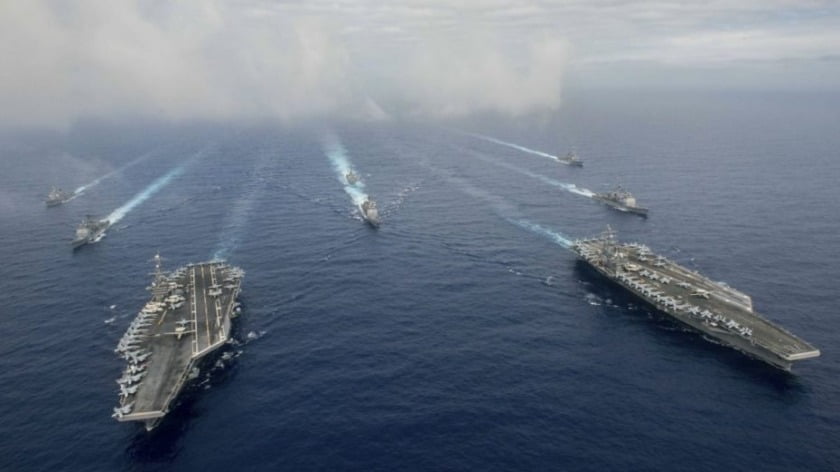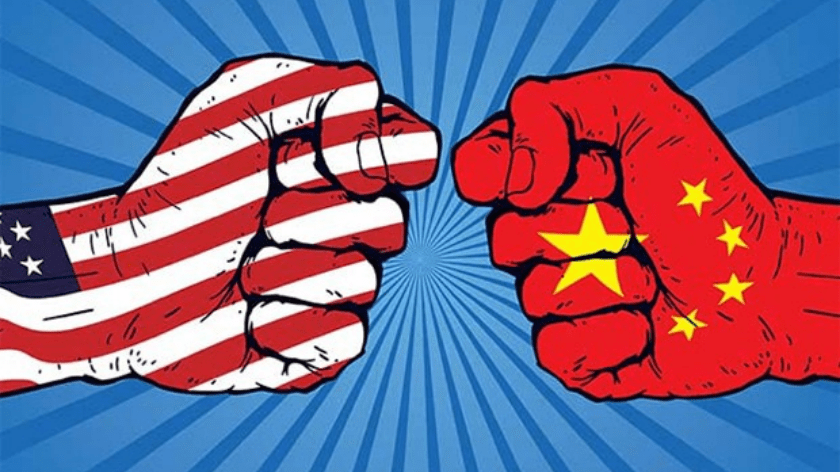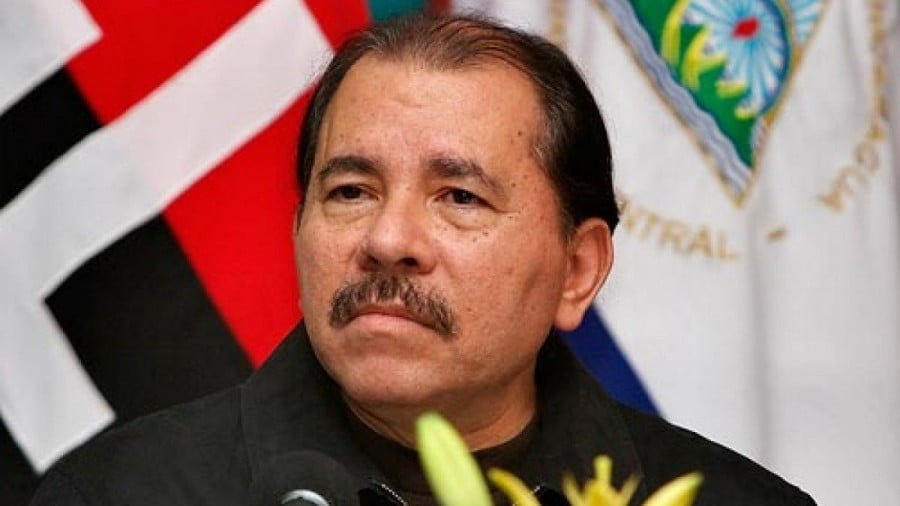Uzbekistan’s Claim of Foreign Involvement in Karakalpakstan Isn’t As Clear-Cut As It Seems
There’s no contradiction between President Mirziyoyev’s assessment and the author’s. To the contrary, they’re complementary.
Uzbek President Shavkat Mirziyoyev was quoted by his spokesman on Wednesday as saying the following about last weekend’s Karakalpakstan Crisis: “All recent events were prepared and organized not one, and not ten days, prior to taking place. These events were under preparations for many years by foreign forces. The main aim was to infringe upon the territorial integrity of Uzbekistan and to spark up an inter-ethnic conflict.” There’s no reason to doubt the head of state’s assessment of the situation, but it isn’t as clear-cut as it seems.
First, however, the reader should familiarize themselves with the author’s nine-part analytical series:
* “It’s Too Early To Call The Protests In Uzbekistan’s Karakalpakstan A Color Revolution”
* “Applying Putin’s Advice Against Wishful Thinking To Alt-Media’s Color Revolution Speculation”
* “Deconstructing What Just Transpired In Uzbekistan’s Karakalpakstan On Friday”
* “The Socio-Political (Soft Security) Dynamics Of Uzbekistan’s Karakalpakstan Crisis”
* “Ten Questions For The Alt-Media Community To Contemplate About Karakalpakstan”
* “Analyzing Uzbek President Mirziyoyev’s Address To The People Of Karakalpakstan”
* Two-Minute Analytical Video About The Crisis
* “Russia’s Calm Response To The Karakalpakstan Crisis Discredits Color Revolution Speculation”
* “Explaining The Security Incident In Uzbekistan’s Karakalpakstan”
In short, it argues against the Color Revolution theory and explores the crisis’ socio-political nuances.
There’s no contradiction between President Mirziyoyev’s assessment and the author’s. To the contrary, they’re complementary. To explain, the intention by criminal elements to exploit a relevant opportunity to attempt the seizure of regional power in the event that such suddenly emerged obviously predated the “trigger event” of the unexpected draft constitutional reforms’ proposal to erode Karakalpakstan’s autonomy. Those forces who were responsible for the transformation of a mostly peaceful large-scale (but still illegal) protest into a riot as cover for their attempted coup didn’t get the idea a week prior.
Rather, they harbored such intentions for a while, and the means through which they sought to carry out their attempted seizure of regional power have their origins in foreign lands. Color Revolution technology came from West but has proliferated so widely across the world in the past two decades that any non-state actor can employ related tactics and strategies without being under the control of any foreign intelligence agency as long as they have the political will to do so. In other words, the criminal “sleeper cells” in Karakalpakstan were influenced by Western-originating regime change methods.
That doesn’t in and of itself mean that their regional regime change attempt was preplanned at the detailed level that President Mirziyoyev’s statement might make the casual reader who isn’t intimately familiar with Color Revolution technology assume at first glance. It was the state itself which unexpectedly initiated this “trigger event” by publishing the draft constitutional reforms at the time that they did, which nobody could have predicted, nor could they have foreseen with any degree of certainty that some of them would propose the erosion of Karakalpakstan’s precious autonomy.
With this in mind, those who assume that the Uzbek leader’s statement implies that foreign spy agencies directly managed every dimension of the Karakalpakstan Crisis in the week between the draft reforms’ publication and the Nukus Incident aren’t taking into consideration the socio-political nuances of the situation with respect to Color Revolutions and their related mechanisms. The state itself unwittingly set into motion a self-sustaining cycle of destabilization by inexplicably proposing to erode Karakalpakstan’s autonomy that its titular minority regards as safeguarding their linguistic rights.
These rights in turn form an inextricable part of their identity as Karakalpaks, which naturally prompted genuinely grassroots protests that the criminal “sleeper cells” subsequently exploited by improvising an impromptu regional regime change attempt under the cover of these mostly peaceful (but still illegal) demonstrations. The methods employed were classic Color Revolution tactics and strategies that were first devised in the West several decades ago but have since proliferated so widely across the world that any non-state actor can utilize them without being under the control of any foreign intelligence agency.
Having clarifying this sequence of socio-political events and the indirect connection to foreign elements, it’s now important to talk a bit about why President Mirziyoyev is emphasizing the external connection to the Karakalpakstan Crisis. As was written previously in the author’s earlier hyperlinked analysis about socio-political dynamics, Uzbekistan’s premier “Democratic Security” challenge right now is to prevent “copycat” unrest in the more densely populated ethnic-majority regions of the country ahead of the unscheduled but forthcoming referendum on the draft constitutional amendments.
It’s this scenario of actual Color Revolution unrest in the heartland coupled with the possibility of coordinated terrorist attacks that represents the most serious challenge to Uzbekistan. Its military-intelligence services have a reputation for being ubiquitous and omnipotent, which is another reason why no one should naively assume that President Mirziyoyev’s assessment of the Karakalpakstan Crisis implied the years-long existence of previously unidentified “sleeper cells” there. If anything, they’re criticized for detaining too many people under questionable pretexts, not too few under solid ones.
Be that as it is, the country is extremely vulnerable to Hybrid War threats at this sensitive moment of its political evolution in the context of the forthcoming constitutional referendum, which is why it might very well be preparing for a large-scale nationwide crackdown on the pretext that the Karakalpakstan Crisis was supposedly more closely connected to foreign elements than it arguably actually was. That’s not to judge the military-intelligence services though since they’re tasked by the citizenry with ensuring everyone’s security through whichever means that these professionals believe are best.
It’s just to point out that the Karakalpakstan Crisis, which was really just an opportunistic crime carried out under the cover of mostly peaceful (but still illegal) protests prompted by the state’s own self-inflicted “trigger event” that nobody could have foreseen and thus wasn’t a full-fledged foreign-backed Color Revolution, conveniently serves as the pretext for maximally securitizing the state ahead of the referendum. In this way, Uzbekistan can most confidently thwart whatever Hybrid War threats might materialize, including those preplanned in detail long ago and truly connected to foreign spy agencies.







